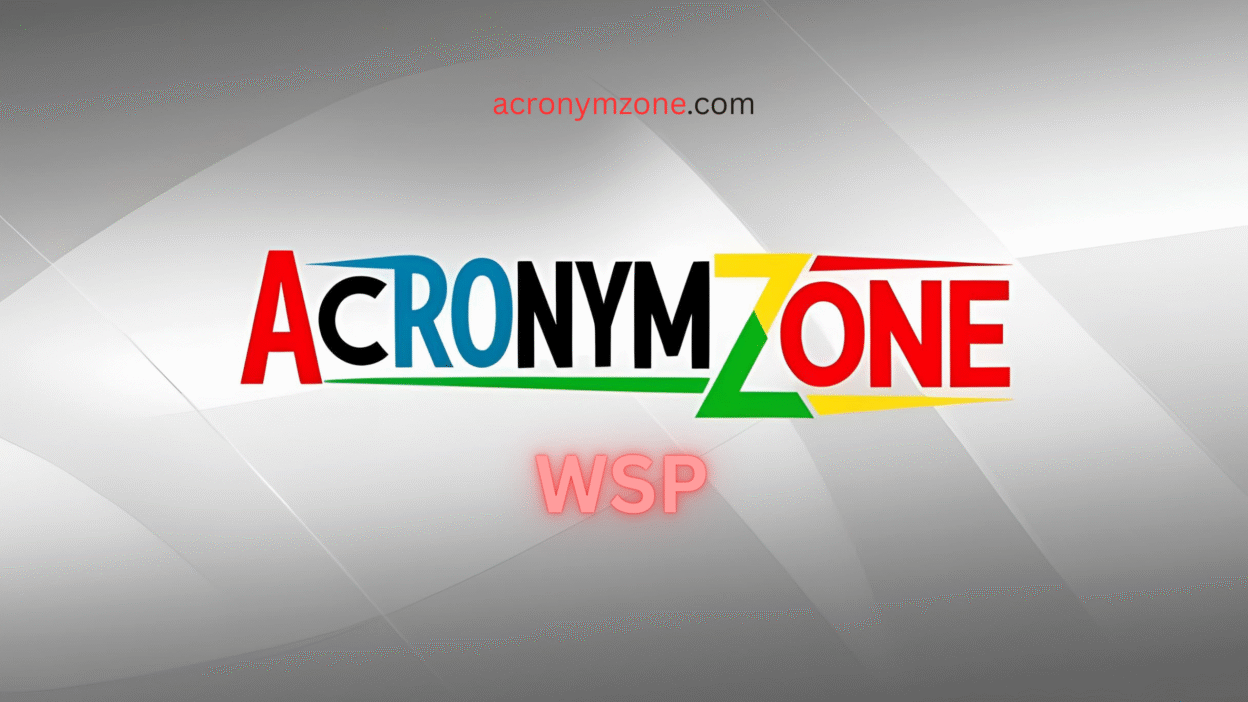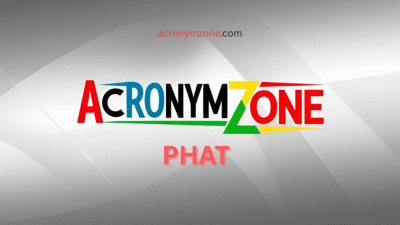Whether you’re texting a friend or hearing it over the radio, you’ve probably come across the abbreviation WSP. Short for “What’s up?”, WSP is a casual, friendly greeting mostly used in informal settings like texting, online chats, or social media.
But while it’s simple and universal, sometimes “WSP” doesn’t quite fit the mood—maybe it’s too laid-back, too vague, or just not personal enough.
In this post, we’ll explore what WSP really means, its social nuances, and then give you 30 creative alternatives to say “What’s up?”—each with its own tone, vibe, and context. You’ll also learn when to use which one, so you can sound more authentic, expressive, and emotionally in-tune in every conversation.
What Does WSP Mean?
WSP is shorthand for “What’s up?”—a relaxed, all-purpose greeting that can mean anything from “Hello” to “How are you?” or even “What are you doing?” It’s often used in:
- Casual text messages: “Wsp bro?”
- Gaming chats: “Wsp squad?”
- Snapchats/DMs: “Wsp, been a minute.”
Emotional & Social Tone:
- Casual
- Neutral or chill
- Friendly but not always personal
While WSP is useful, it can feel too generic in some conversations—or too casual in others. That’s where our list of creative alternatives comes in.
30 Alternatives to the WSP Acronym (and When to Use Them)
Each of these plays the same role as “WSP” but with a slightly different tone—from warm and thoughtful to playful or professional.
1. HRU – How are you?
Use for: Genuine concern or polite small talk.
Example: Hey! HRU after the exam?
2. SUP – Sup?
Use for: Chill, low-effort greeting.
Example: Sup man, gaming later?
3. WYD – What are you doing?
Use for: Showing interest in someone’s current activity.
Example: WYD this weekend?
4. HYD – How you doing?
Use for: Laid-back yet caring check-in.
Example: Yo, HYD these days?
5. WB – What’s buzzing?
Use for: Fun, upbeat tone.
Example: Hey! WB in your world?
6. WU – What’s up? (spelled differently)
Use for: Extremely casual chats.
Example: Yo WU bro
7. WYG – What you got?
Use for: Asking about plans, info, or updates.
Example: WYG for tonight’s event?
8. WYT – What you thinking?
Use for: More introspective or collaborative convos.
Example: WYT on that new project?
9. HMU – Hit me up
Use for: Invitation to start a convo or hang out.
Example: If you’re free later, HMU.
10. YO – Just “Yo”
Use for: Extremely relaxed greetings.
Example: Yo, long time no see!
11. WSG – What’s good?
Use for: Trendy and positive check-in.
Example: WSG homie?
12. WBU – What about you?
Use for: Returning the question politely.
Example: I’m good—WBU?
13. HEYA – Hey + Ya
Use for: Warm and playful.
Example: Heya! How’s your day going?
14. YGM – You good, mate?
Use for: British-influenced, casual wellness check.
Example: YGM? Looked stressed earlier.
15. OY – Short and loud
Use for: Drawing attention or teasing.
Example: OY! You forgot your coffee!
16. YKY – You know yet?
Use for: Nudging for a decision or update.
Example: YKY if you’re joining tonight?
17. HOWDY – Old-school friendly
Use for: Quirky or country-style fun.
Example: Howdy partner, what’s the plan today?
18. YOYO – Playful double “Yo”
Use for: Joking or light-hearted convos.
Example: YOYO! Missed your face.
19. WTH – What the heck (fun confusion)
Use for: Light surprise or curiosity.
Example: WTH happened at the party?
20. WAZZUP – Classic exaggerated “What’s up”
Use for: Nostalgic or humorous tone.
Example: WAZZUPPPPP! Like the old days!
21. S’GOOD – What’s good?
Use for: Ultra-chill, urban vibe.
Example: Yo, s’good with you lately?
22. Y’ALL OK?
Use for: Group check-ins.
Example: Y’all ok after that meeting?
23. WTS – What’s the situation?
Use for: Tactical or fast-paced convo.
Example: WTS at the venue?
24. WNC – What’s new, champ?
Use for: Personalized, friendly energy.
Example: WNC in your world, champ?
25. WYA – Where you at?
Use for: Location-based, checking in.
Example: WYA? We’re waiting!
26. TBU – Talkin’ ’bout you?
Use for: Flirty or playful teasing.
Example: TBU—heard your name today 👀
27. HEYHEY – Energetic double hey
Use for: Excited or cheerful tone.
Example: HEYHEY! Been forever!
28. YOLO? – You okay lately, or…?
Use for: Casual wellness check with a twist.
Example: YOLO? You’ve been kinda quiet.
29. ZUP – Slangy “sup” variant
Use for: Super casual.
Example: Zup, game night still on?
30. WAZGO – What’s goin’ on?
Use for: Friendly catch-ups.
Example: WAZGO with the project, man?
How to Choose the Right Acronym
Here’s a quick comparison to help you pick the best greeting based on emotion, relationship, or setting:
| Situation | Best Acronyms | Why It Works |
| Casual friends/gaming chat | SUP, ZUP, YO, WSG | Informal, easygoing vibe |
| Flirty conversations | TBU, WYT, YOLO? | Playful and engaging |
| Group chats or parties | Y’ALL OK?, WAZGO | Covers everyone, feels friendly |
| Professional or polite convo | HRU, HYD, WB | Slightly more formal but still warm |
| Reconnecting after time apart | HEYA, HEYHEY, WNC | Personal, excited tone |
| Checking on someone’s well-being | YGM, CALM, BREATHE | Empathetic and caring |
Cultural & Emotional Contexts
Tone matters. For example:
- In urban culture, phrases like WSG, S’GOOD, or YO are trendy and friendly.
- TBU or YOLO? are great for light flirting or playful teasing.
- With older relatives or formal situations, steer toward HRU or HOWDY to be respectful yet approachable.
- For someone who’s been quiet or distant, try YOLO? or WYA—they sound concerned without being pushy.
Final Thoughts: Say More Than “WSP”
“WSP” might be short and sweet, but language is full of fun ways to connect with people. Whether you want to sound caring, cheeky, or just different, these 30 alternatives give you the tools to express the right tone for the moment.
The next time you open a text thread, ask yourself:
Do I want to sound curious, kind, funny, or just casual?
Then scroll back here, pick your favorite, and start your convo off with some personality.




